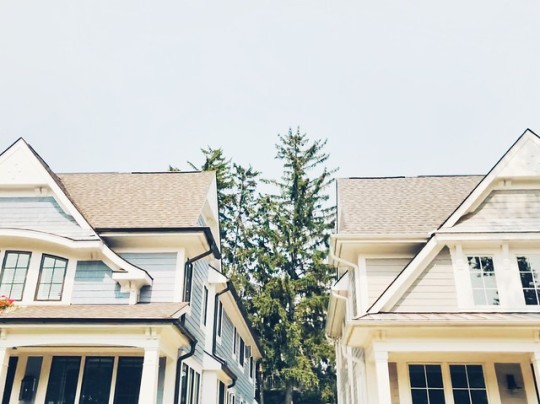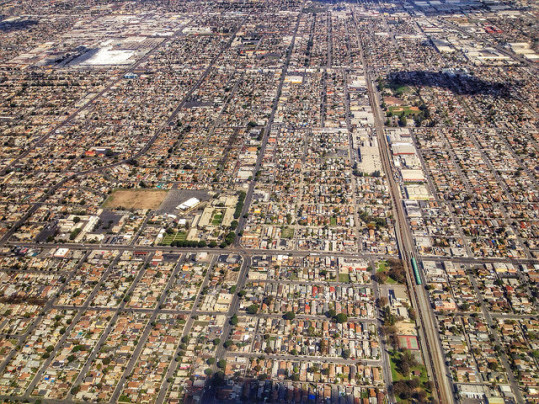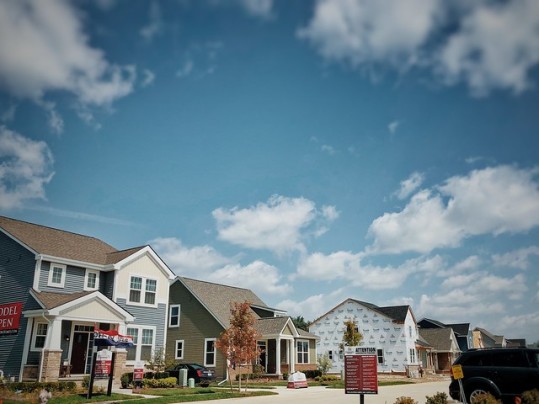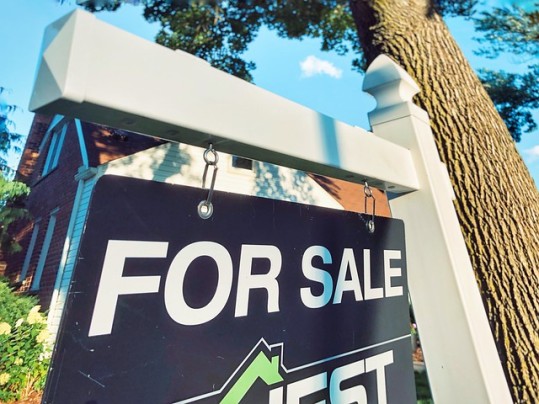If you’re trying to calculate how much house you can afford, the most commonly cited rule is that your mortgage payment should be no more than 28 percent of your monthly wages. And while everyone’s situation and finances are different, it’s a pretty good gauge. That’s why ATTOM Data Solutions uses it when putting together their quarterly affordability report. By comparing average wages and the monthly payment on a median-priced home – including taxes and insurance – they can estimate how affordable homes are in counties across the country. According to their most recent release, 39 percent of the counties they looked at were affordable. That’s down from the previous quarter, mostly because the hot summer housing market helped drive home prices upward. But where are the country’s most affordable counties? Well, mostly in the Midwest. The report shows that counties in Illinois, Michigan, Ohio, and Pennsylvania make up most of the top 10, with Maryland and Georgia rounding out the list. Not surprisingly, the most expensive areas were mostly on the coasts, with counties in California, New York, and Hawaii requiring the largest percentage of wages to buy a home. (source)
Archive for September 2020
Suburban Homes Sell Faster Than City Listings
It’s pretty clear that the coronavirus pandemic has caused many Americans to rethink their living situation. After all, there’s been plenty of evidence that remote work and a desire for more space led potential buyers to look for homes further away from city centers than in the past. But even six months after the pandemic began, the evidence continues to pile up. In fact, according one recent analysis from the National Association of Realtors’ consumer website, not only did interest in suburban homes rebound more quickly after the coronavirus’ onset, suburban listings are still selling faster than homes in urban areas. The analysis found that suburban homes spent 16.2 percent less time on the market this summer than one year earlier. By comparison, urban homes were sold 10.4 percent more quickly. But Danielle Hale, chief economist for the site, says that, while the suburbs are hot right now, it doesn’t necessarily mean city markets aren’t also. “Based on the rising popularity of the burbs, some buyers might think they can catch a break by searching in the city, but unfortunately that’s not the case,” Hale said. “Rising home prices and fast home sales are everywhere.” (source)
Prospective Buyers Are Expanding Their Search
When there are more buyers than homes for sale, it can be difficult to find a home without compromising on your wish list. Maybe, for example, you wanted an extra fourth bedroom but have to settle for three. Or you can’t find a home with as much outdoor living space as you hoped. Or you’re having trouble finding something in your price range. Expanding your search area is one way to increase the odds you find a place that fits your needs. And a growing number of buyers are doing it. In fact, according to one recent analysis, nearly 30 percent of potential home buyers have searched outside of their metro area for a home to buy. There are a few reasons for this. One big reason is the growing number of Americans who are able to work remotely. This has made it possible for hopeful home buyers to move further from work, allowing them to look in neighborhoods and areas that may offer better prices and more choices. Whatever the case, it’s clear that the pandemic and a hot housing market have caused home shoppers to reconsider what they’re looking for, and where. (source)
New Homes Sales Pace At 14-Year High
New numbers from the U.S. Census Bureau and the Department of Housing and Urban Development show newly built single-family homes are now selling at their fastest pace since 2006. In fact, sales rose another 4.8 percent in August, putting them 43.2 percent above last year. The numbers are further evidence that the housing market continues to thrive, despite the fact that the overall economic recovery shows signs of slowing. Combined with improving sales of previously owned homes and an uptick in the number of homes being built, the latest new home sales numbers paint a picture of a strong market driven, in part, by record-low mortgage rates and surging buyer demand. The numbers are even more impressive when you consider that they come at a time of year when the housing market is typically beginning to wind down after the summer sales season. If the trend continues, it’ll be a hot fall for home buyers. In August, the median sales price of new houses sold was $312,800. The average sales price was $369,000. (source)
Mortgage Rate Increase Can’t Stop Demand
;startAccording to the Mortgage Bankers Association’s Weekly Applications Survey, average mortgage rates were up last week from the week before. Rate increases were seen across most loan categories, including 30-year fixed-rate mortgages with conforming balances, loans backed by the Federal Housing Administration, and 15-year fixed-rate loans. But despite higher rates, demand for mortgage applications still gained from the previous week. In fact, both purchase and refinance activity was up from one week earlier. Joel Kan, MBA’s associate vice president of economic and industry forecasting, said interest from buyers has not slowed. “Mortgage applications activity remained strong last week, even as the 30-year fixed-rate mortgage and 15-year fixed-rate mortgage increased to their highest levels since August,” Kan said. “Purchase applications were up over 25 percent from a year ago, and the demand for higher-balance loans pushed the average purchase loan size to another record high. The strong interest in home buying observed this summer has carried over to the fall.” The MBA’s weekly survey has been conducted since 1990 and covers 75 percent of all retail residential mortgage applications. (source)
Existing Home Sales Up 10.5% Over Last Year
Sales of previously owned homes continue to improve, according to new numbers from the National Association of Realtors. Their existing-home sales report shows sales rose another 2.4 percent in August and are now up 10.5 percent over last year at the same time. Lawrence Yun, NAR’s chief economist, says home buyers are back. “Home sales continue to amaze, and there are plenty of buyers in the pipeline ready to enter the market,” Yun said. “Further gains in sales are likely for the remainder of the year.” Yun says low mortgage rates and the job recovery are the primary factors driving the rebound. However, though buyers are back, housing inventory continues to lag. In fact, according to the report, it’s down another 0.7 percent and is now nearly 19 percent lower than last year. Because of the lack of available homes, those for sale are selling quickly. For example, in August, 69 percent of homes were on the market for less than a month. That means, buyers should be prepared to act fast, once they find a home they like. (source)
Single-Family Home Construction Is Improving
The lack of available homes for sale has been getting a lot of attention lately. That’s no surprise. When there aren’t enough homes to accommodate interested buyers, prices rise and competition heats up. So, naturally, housing market observers have been watching to see if home builders can build new homes quickly enough to even out the market’s imbalance. That’s why August’s New Residential Construction report from the U.S. Census Bureau and the Department of Housing and Urban Development is encouraging. The report found that the number of new, single-family homes that began construction during the month was 4.1 percent higher than the previous month. Permits to build were also up, rising 6 percent. Robert Dietz, chief economist for the National Association of Home Builders, says low mortgage rates are helping to fuel the improvement. “Low interest rates and solid demand are spurring single-family construction growth, which makes up the bulk of the housing market,” Dietz said. “Single-family permits continue to rise as well, and are now up almost 7 percent on a year-to-date basis.” (source)







